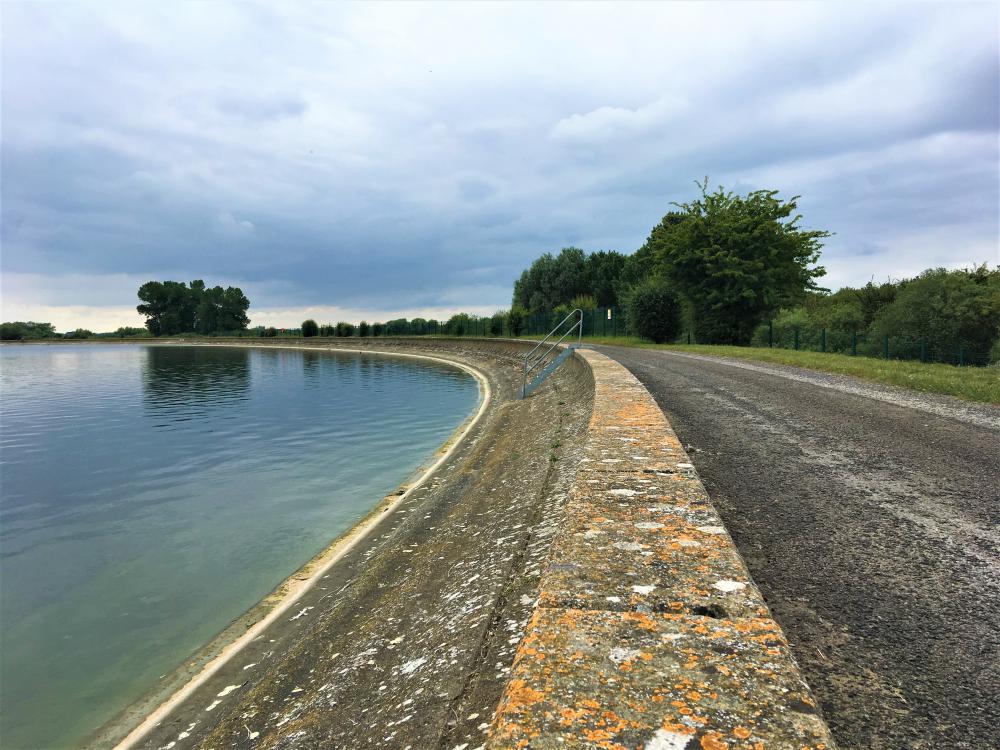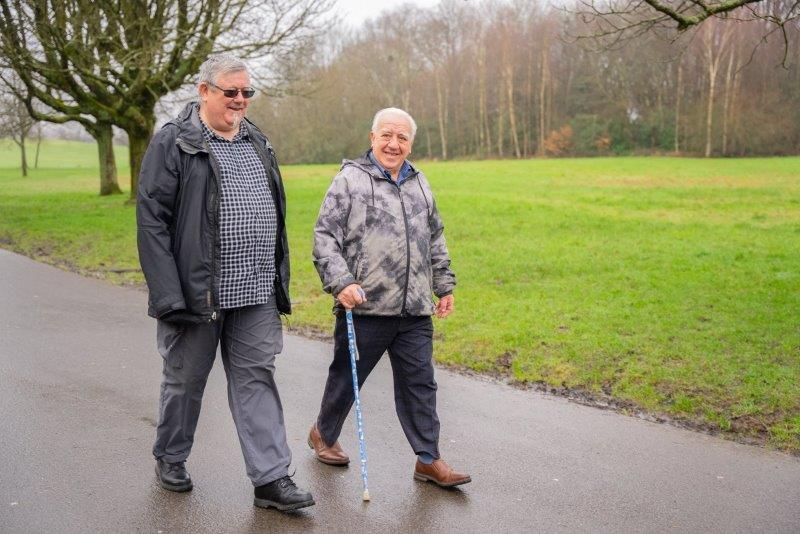A Thames Water survey has revealed that 17 percent of Swindon people never stop to think about where their water comes from.
This, the firm says, is significantly lower than the 42 per cent in Henley-on-Thames and 19 per cent in Reading but the same as in Oxford and Slough.
However, the survey also revealed that more than 85 per cent of Swindon people agree it’s important to conserve water, and nearly three in five of those people feel protecting the environment is the main reason.
Thames Water Head of Environmental Engagement Yvette De Garis said: “When top quality water is available 24/7 it’s easy to take it for granted and not link what we use with where it comes from.
"Swindon’s water is pumped in from far away, so residents don’t see a local treatment works and, as the Thames and the Kennet aren’t major features in the town, they don’t see an obvious water source either, so we suspect this is why fewer people think about these things than in places like Reading and Henley.
“No matter where you live, though, every drop comes from a natural source and the majority is water that would otherwise have found its way into a river or stream. Climate change along with population growth means water resources are being seriously stretched and to protect the environment we’re having to reduce what we take from rivers and aquifers so we all have to be more mindful of the water we use than ever before.”
Swindon receives much of its water from Farmoor Reservoir and treatment works to the west of Oxford. Some is also pumped in from Latton near Cirencester in the Cotswolds and Axford near Marlborough.
On an average day around 94 million litres, the equivalent to more than 37 Olympic swimming pools, is pumped to homes and businesses in the town - around 8 million litres more than ten years ago.
The water stored and treated at Farmoor is taken from the Thames while the other sites that supply Swindon treat groundwater from limestone and chalk aquifers – natural layers of underground rock, which contain water. Limestone aquifers play an important role in keeping springs and rivers flowing in the Cotswolds while chalk aquifers keep rare and precious chalk streams, like the River Kennet which flows through Marlborough, healthy to support wildlife including water voles and brown trout.
Over the last 20 years Thames Water has reduced abstraction from the limestone and chalk aquifers in the area surrounding Swindon. It has decreased groundwater pumping by more than 60 per cent at sites in the Cotswolds and the Kennet valley to help protect important streams and rivers.
Charlotte Hitchmough, director of campaign group Action for River Kennet, said: “We are so lucky to have beautiful rivers flowing through our towns and villages, and these are home to wildlife including water voles, otters and kingfishers. Every drop of water each of us saves at home will keep more in the rivers to provide good habitat for the wildlife we love to see.
"We can’t have lovely flowing waterways and unlimited water consumption, so we all need to make small changes to protect the rivers.”
The Thames Water survey also revealed only around half of those questioned in Swindon were trying to cut back on their water use, while a similar percentage admitted they were not worried about the amount of water they used.
Yvette added: “To protect the environment, including precious chalk streams, we have to cut back on the amount of water we take from rivers and aquifers to leave more to help natural ecosystems thrive. To make it happen we’re reducing leakage from our pipes and adapting how we manage the water available to us, but we need everyone to do their bit and use less, particularly during hot and dry weather when the rivers, streams and the wildlife they support can be vulnerable.
"By helping them link their water use to the environment, we’re confident more people will commit to making small changes that can make a big difference.
“Simple things like only using a dishwasher or washing machine on a full load and fixing dripping taps and leaky loos can all make a huge difference. Popping a bucket in the shower while the water warms up and then using it on the plants is another easy win.”
More water saving tips for home and garden can be found at www.thameswater.co.uk/watersmartcampaign









Your Comments
Be the first to comment on this article
Login or Register to post a comment on this article